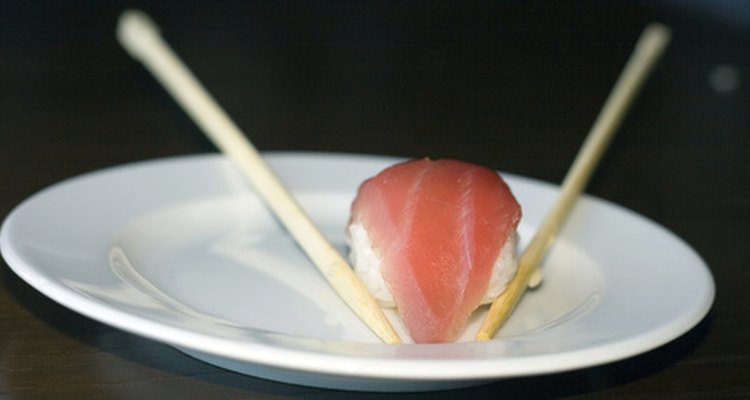
Seared on a grill or served as sashimi, a quality tuna can make all the difference in the success of a dish. Many home cooks are not sure what to look for when selecting fresh tuna, partly over concerns of food safety. By following a few straightforward guidelines and visiting a reputable fishmonger, you can easily select the best tuna for any recipe.
Familiarize yourself with the types of tuna, as specific varieties are better suited to different methods of preparation. Tuna is rated by fat content, with the types highest in fat considered the most tender and flavorful.
Bluefin tuna is recognized for its deep, ruby-red color and is ideal for sashimi due to its silky texture and distinctive taste.
Yellowfin tuna has a milder taste and lighter pink color. Close in quality to bluefin, yellowfin tuna is easier to find and -- if a high enough grade -- can be enjoyed raw, though seared yellowfin makes for a wonderful dish.
Albacore tuna is white in appearance, lower in fat and more affordable than other types. Albacore is almost always cooked, and is the popular choice for canned tuna.
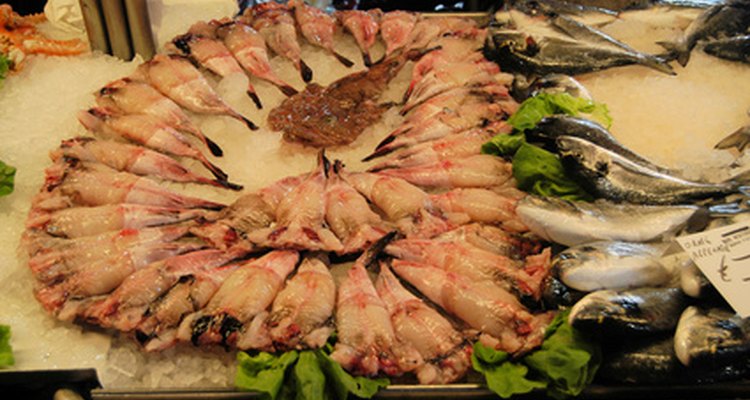
Purchase fresh tuna from a fishmonger, Asian grocery or a store with a reputable fish counter. Such places tend to have a higher turnover of seafood, which means you’re apt to find fresher fish. If you find tuna displayed as a whole loin -- which is ideal -- you can ask the butcher to cut steaks from the loin. One-inch thick fillets or steaks are ideal for grilling or searing.
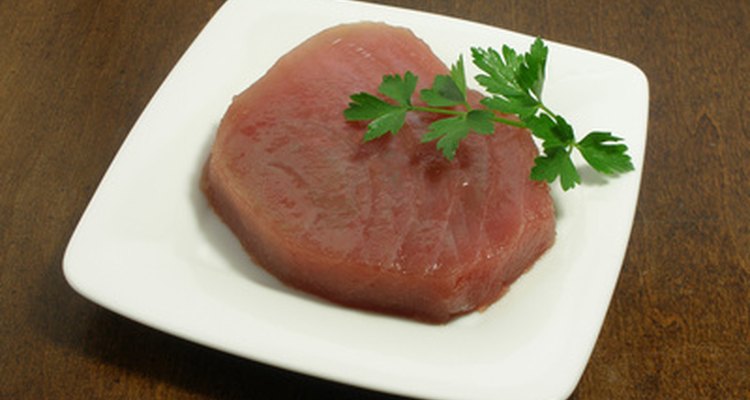
Shop with your eyes and your nose, because appearance and odor are very important when selecting tuna. Fresh tuna is moist in appearance, but not overly wet. It should also be firm, shiny and uniform in color. Tuna that looks dry, flaky or is brown on the edges is most likely not fresh.
Fresh tuna has a mild, ocean-like smell -- or no scent at all. Avoid tuna with an overly fishy odor.
Related Articles
Simple Cooking Tips for Fresh Tuna

Substitutes for a Tuna Steak

How to Cook Ahi Tuna on a Frying Pan

How to Cook Tuna on a Stove

How to Cook Bluefish

How Long Can Tuna Stay Fresh?

How to Cook Fried Catfish Without It ...
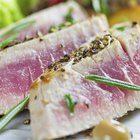
Tuna Steaks Nutrition

Yellow Tail Tuna and Omega 3

How Long Can Grilled Octopus Keep?

How to Sear Two Inch Thick Wild Ahi Tuna

How to Pan-Sear Swordfish

How to Bake a Frozen Halibut Fillet

Can You Marinate Tuna Tartare Overnight?

Can You Fry Frozen Tilapia?

How to Cook Ono Fish

How to Smoke Tuna
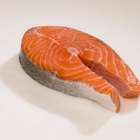
How to BBQ Salmon Fillets

How to Smoke Catfish

How to Cook Swordfish on a Plank
References
Writer Bio
An educator since 1998, Catherine Misener started her writing career in 2009. Her work has appeared in "NW Kids," "The Oregonian" and "Vancouver Family Magazine." She holds a Bachelor of Arts from St. Mary’s University and a Master of Arts from the University of Michigan. After working in the food industry for years, she opened a small batch bakery.
Photo Credits
tuna sushi between two sticks on white plate image by alma_sacra from Fotolia.com